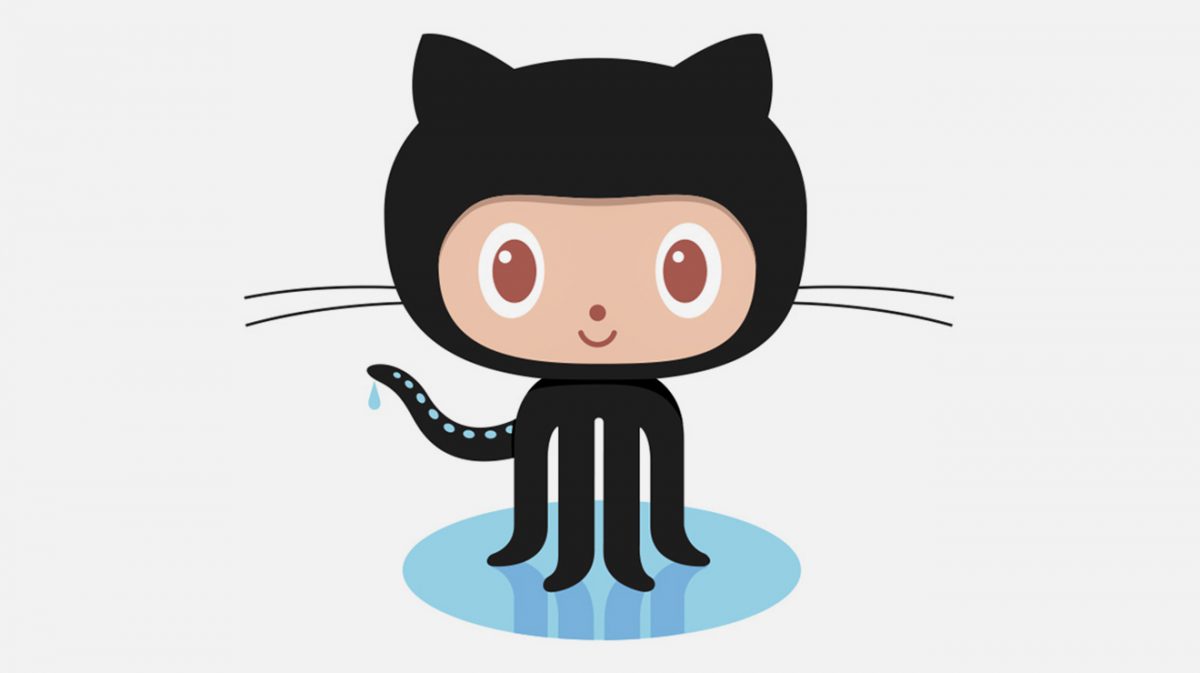Last week we wrote about getting started with corporate video. Today, we are taking a close look at a company that does internal video extremely well: GitHub. GitHub makes collaborative tools for developers to streamline the coding process, has a flat organizational structure, and roughly 70% of its 200+ employees work remotely. They use video in several key ways, such as: training and education; maintaining high levels of employee engagement; staying on mission; and fostering collaboration internally. These ideas can be implemented by anyone, although it is worth mentioning that GitHub hired people specifically to work on public and internal video content for their organization.
Training and Education
One of the keys to GitHub’s culture is allowing people to pursue their interests and self-select into project groups. However, just because someone is really interested in a project does not mean they have the technical know-how to really get going with it. On an even more basic level, they might just get stumped by a fancy coffee maker in the office kitchen. Video is used extensively in training and employee education at GitHub for a range of topics. Video is an excellent tool for this specific use because it is self-serve, and can be accessed at anytime. On the topic of educating with video, Peter Furia, GitHub’s video lead, says, “Training videos allow anyone to teach themselves how to do anything inside the company. Some of these things are technical, but most are workflow-related. Training is a time-suck, and great content can serve as a platform for people to teach themselves.” The lesson: teach everyone to fish, and you will catch way more fish.
Engagement
This might just be the biggest factor in developing a successful, innovative company culture. Bored or disinterested employees are less likely to volunteer new ideas, vocally support those of others, or jump in on new projects. In a modern organization, many employees may not even meet face-to-face on a regular basis, with the refrain, “what do you do here again?” being all too common. Coworkers can make or break engagement in a workplace, so helping to foster ties between people is critical. With a workforce that consists of 70% remote employees, GitHub solved for this by creating very short introductory videos, known as “lightning profiles” for every new hire so everyone at the company would be able to put a face to a name, and get to know people they might be working with.
Mission Control
Every week, there are important discussions and meetings that happen at organizations around the world. GitHub, despite its somewhat unusual organizational structure, is no exception, and given that employees are encouraged to make their own hours or work remotely, it is highly unlikely all stakeholders will be in the same room at the same time. Solution? Video. GitHub livestreams its important meetings so everyone can participate and stay on the same page. They also archive them for anyone who cannot attend in real-time. For keeping everyone on mission, especially with a substantially remote workforce, this is critical.
Sharing Ideas
With an “open allocation” approach to organizing project teams, and only a small portion of people actually in the office on a regular basis, one might think it would be nearly impossible to find the right person for a project, and to stay on task. Video is used in a couple different ways to overcome this particular obstacle. For instance, if there is a big initiative or product under development, a sort of explainer video can help to sell the project internally to those who may not fully understand the goals or the product’s main benefits. This video does not have to be boring, either. Peter Furia details that “Adding comedy to our video content is a way to take ideas or products or initiatives that otherwise might only be super interesting to people who really understand them well and making them understandable or interesting or compelling through stories and comedy.” A well-known example of some of their more engaging videos is the Passion Projects series, which is meant to support and inspire women and girls in technical fields.
The second way video is used to foster collaboration is much more casual: video chats. This tool is key for getting everyone in the room for a strategic conversation where distance would otherwise be an issue. This might be the most conventional way that GitHub uses video, but it is still highly effective. While video chats are not always necessary for every meeting, they are crucial for important strategic discussions with a dispersed team.
Does your company use video internally? Are you planning to implement any of these ideas? Let us know in the comments below, or let us know on Twitter!
Source: Fast Co Labs, “Inside GitHubs Super Lean Management Strategy” accessed April 14, 2014.








